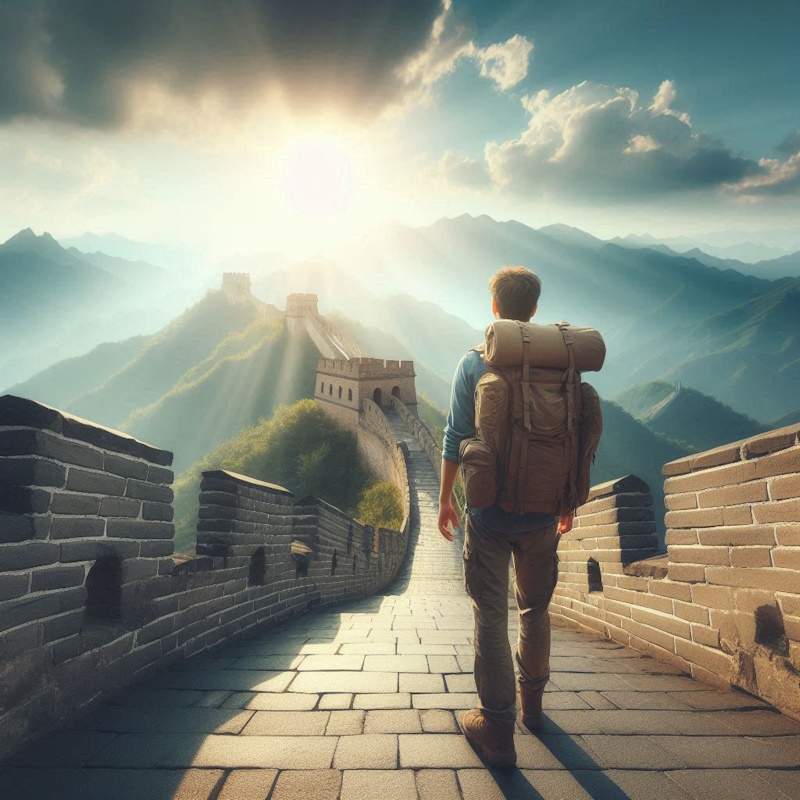(A trip in 2019, and another one in 2024)
I had been to Western China many years ago (see this story), but this time I went to the East of China – namely to Shanghai and to Beijing, on two separate (business) occasions.
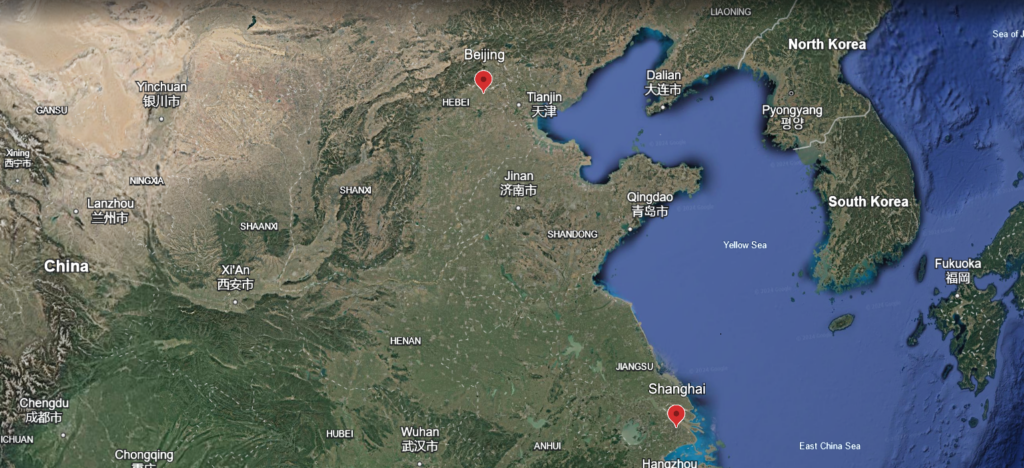
Shanghai is a city where ancient traditions and modern architecture coexist in striking contrast. A key feature of the city is its skyline, particularly in the Pudong district, where some of the world’s tallest buildings stand. The Shanghai Tower, at 632 meters, is the tallest, followed by the futuristic-looking Oriental Pearl Tower. These are examples of the city’s rapid urbanization and its status as a global financial hub.
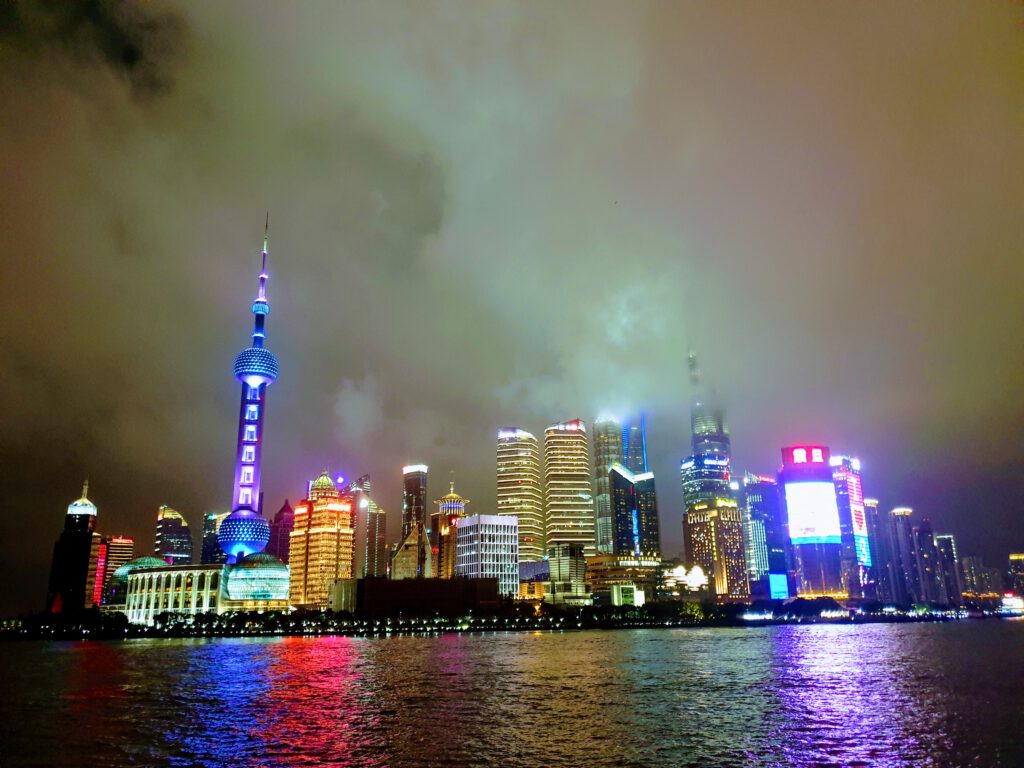
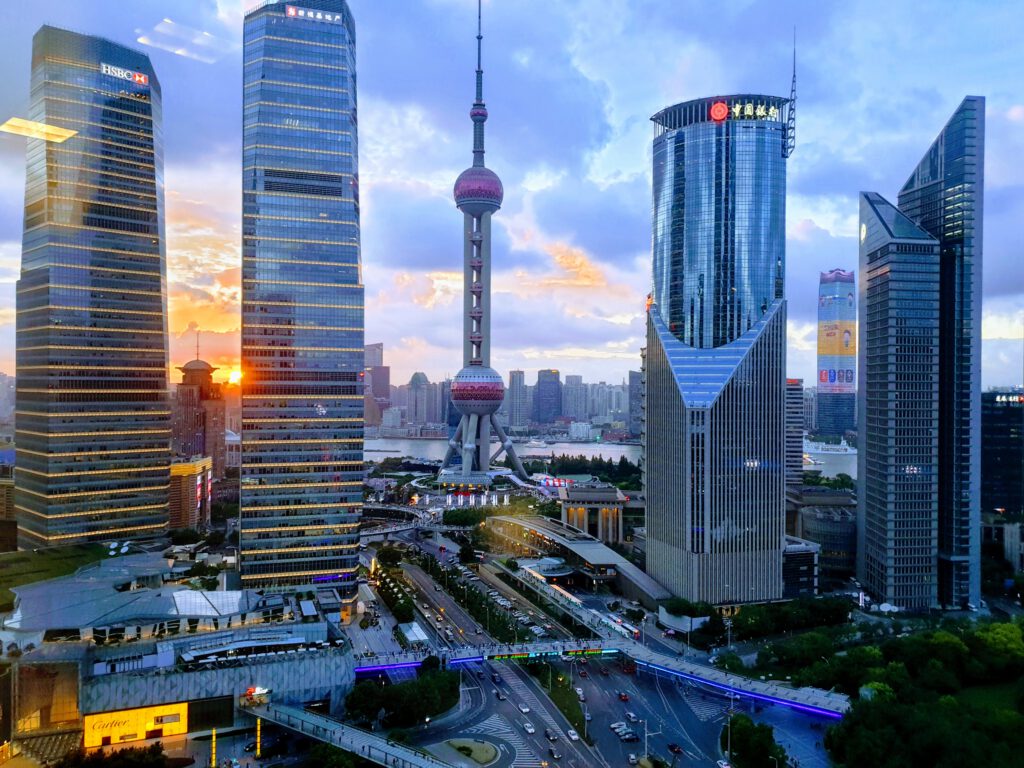
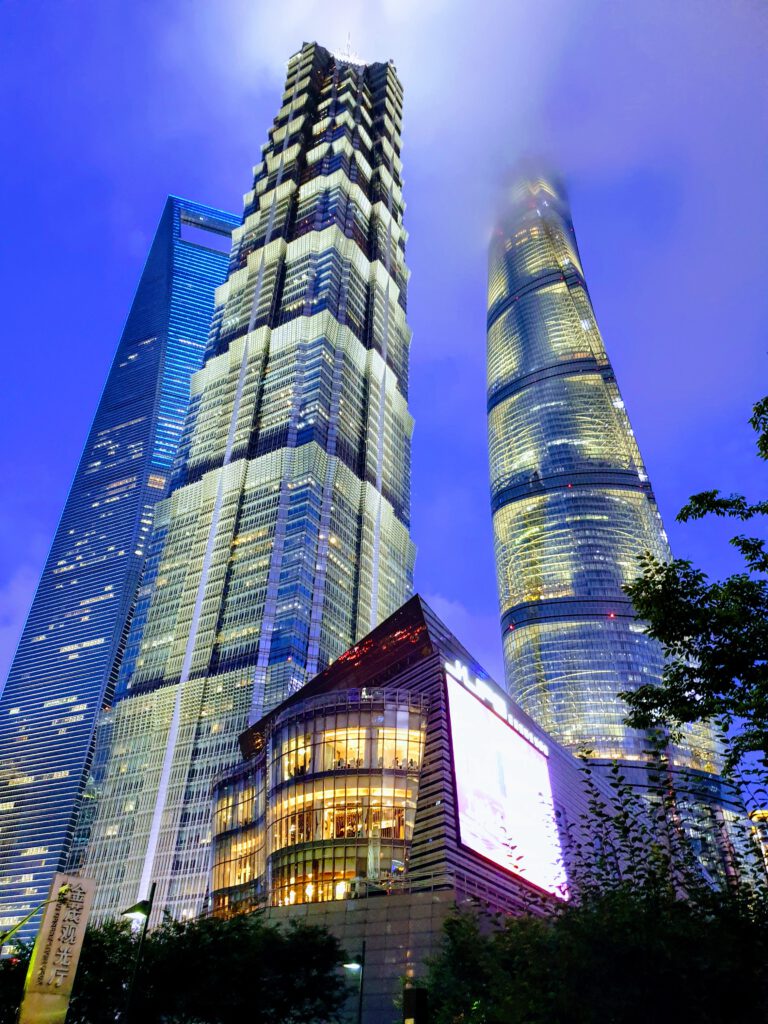
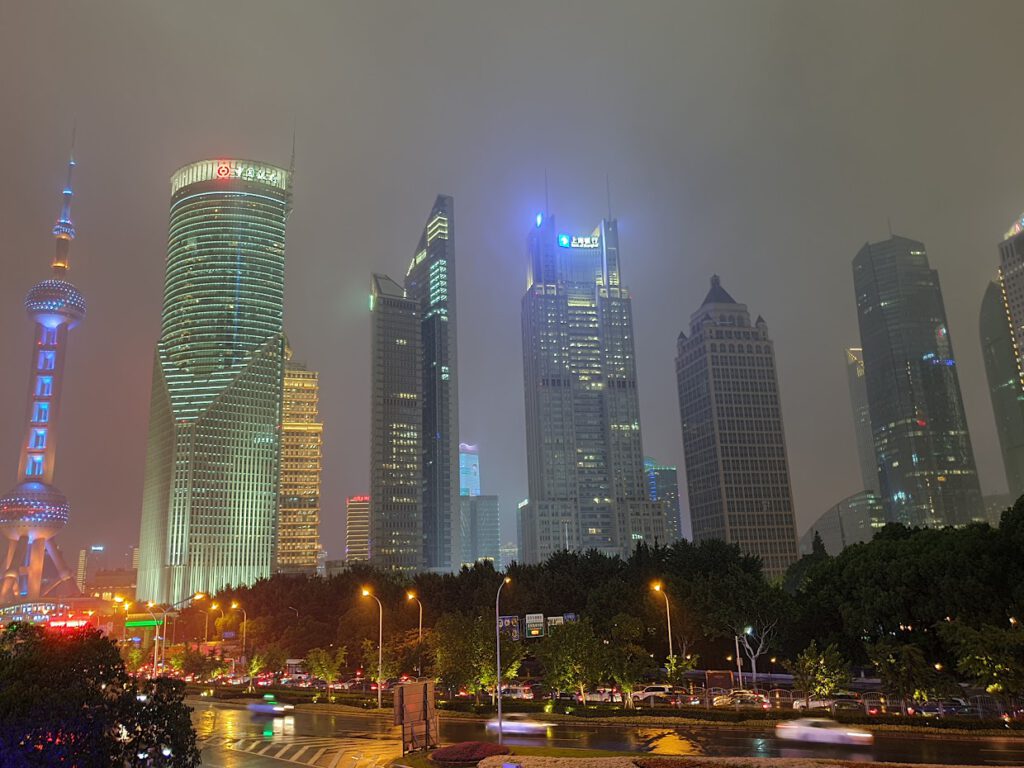
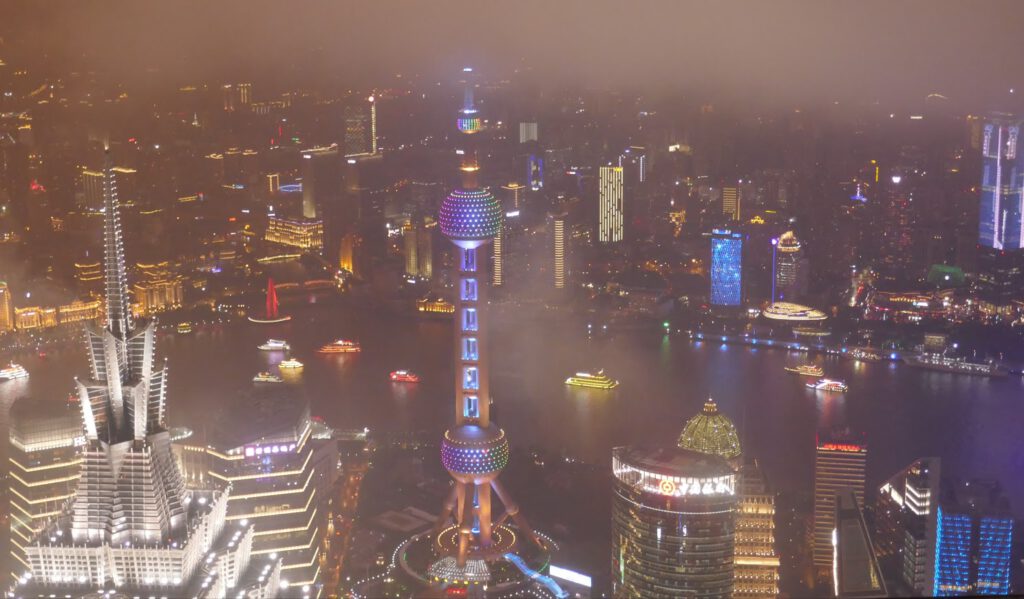
However, Shanghai also preserves its historical architecture, especially in areas like the French Concession, which features colonial-era buildings, and in the Old City, where the Yu Garden, a classical Chinese garden dating back to the 16th century, provides a tranquil space amid the urban sprawl.
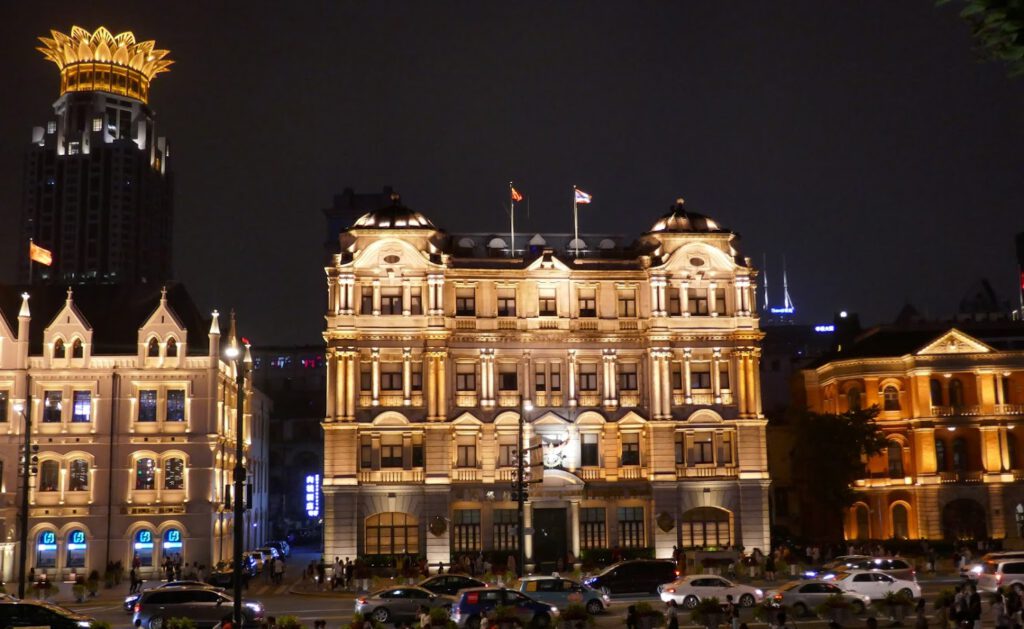
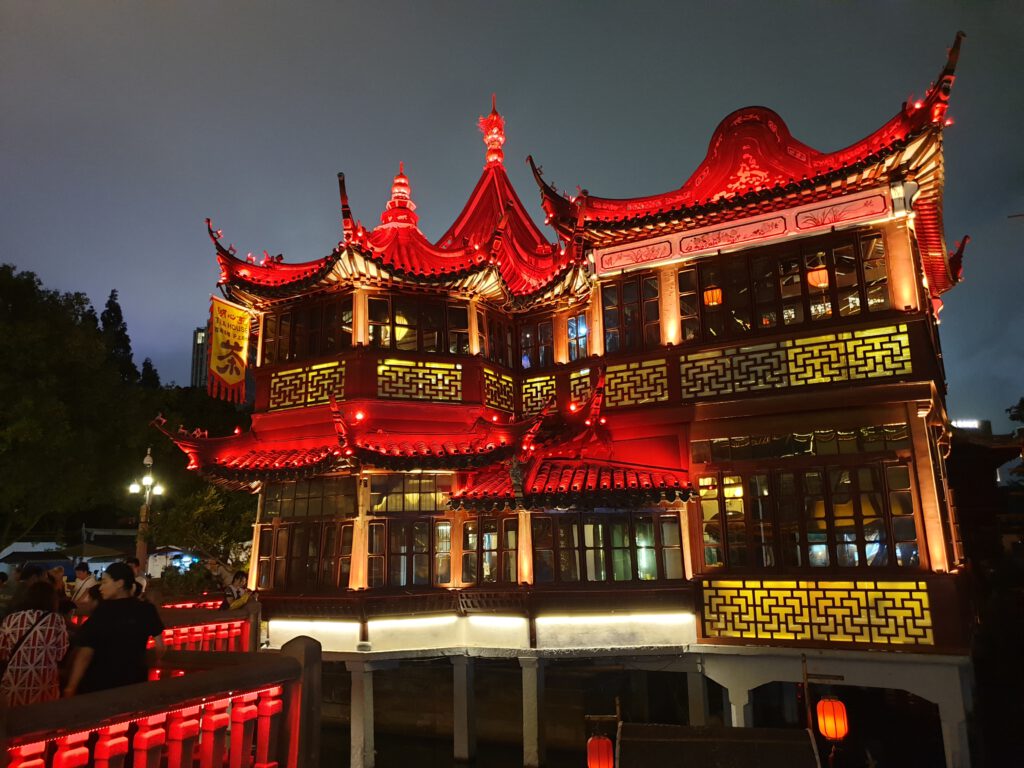
The city is known for blending Western architectural styles with local influences. For example, some buildings in the city center incorporate elements like European-style facades, which can be seen in shopping malls and hotels.
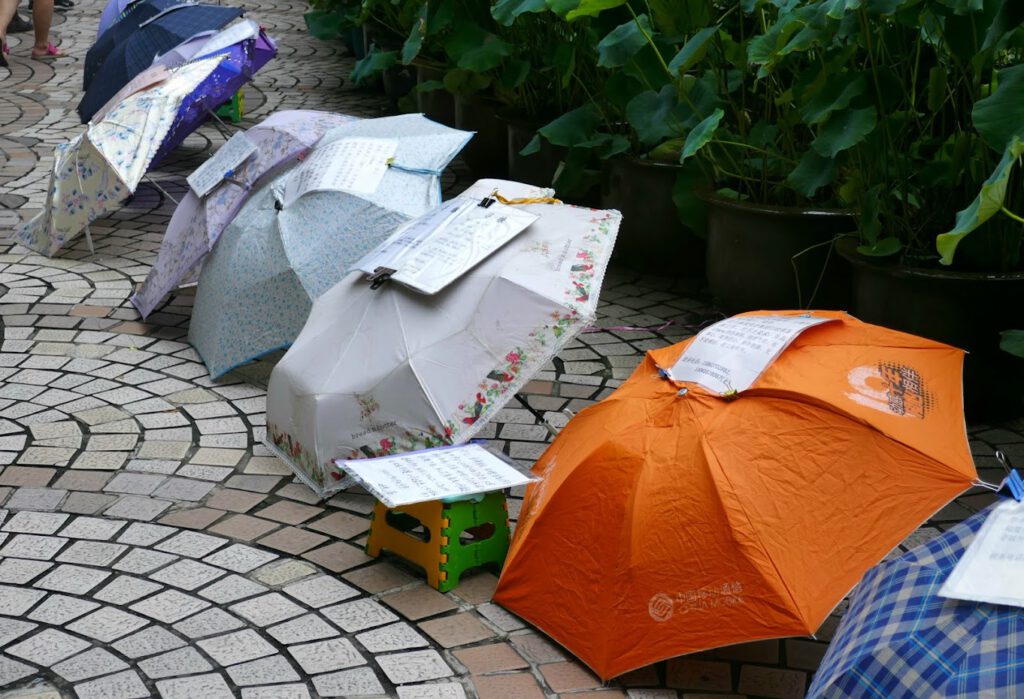
The Shanghai Marriage Market is a marriage market held at People’s Park in Shanghai, China. Parents of unmarried adults gather in the park every Saturday and Sunday from noon to 5 p.m. to trade information on their children.
I had the biggest problem with the food. You can get practically anything in Shanghai as food – at least anything that walks, swims, crawls or flies with its back to the sun. In most cases it’s delicious, but not always – fried jellyfish or complete chicken with head is not for everyone.
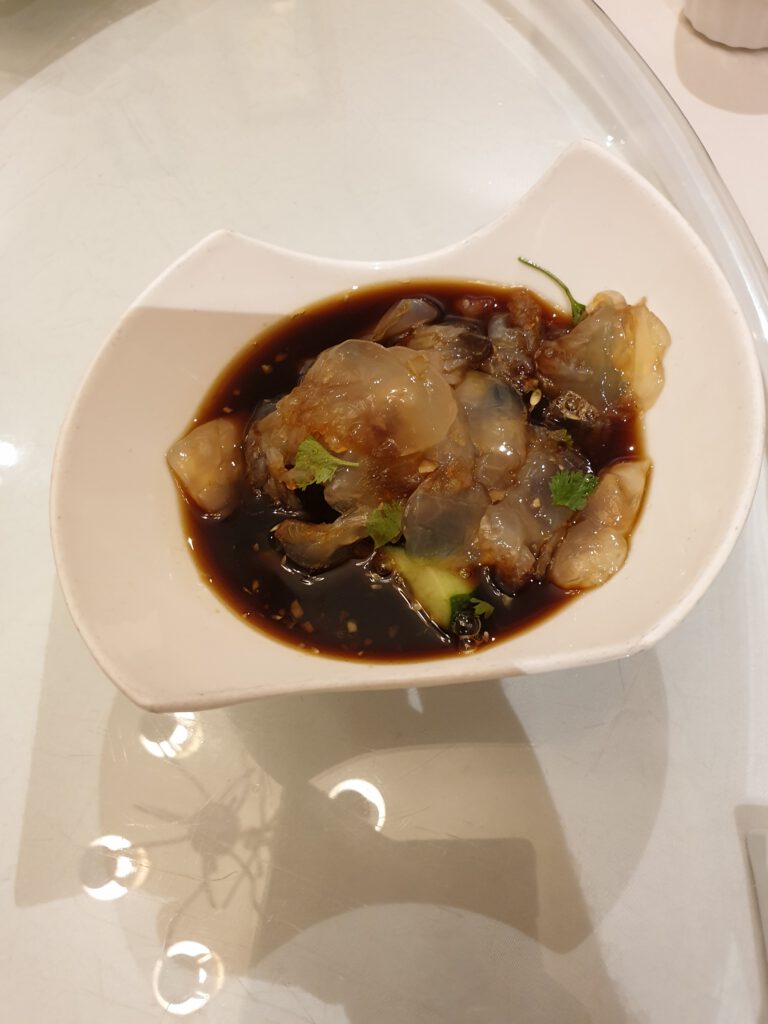
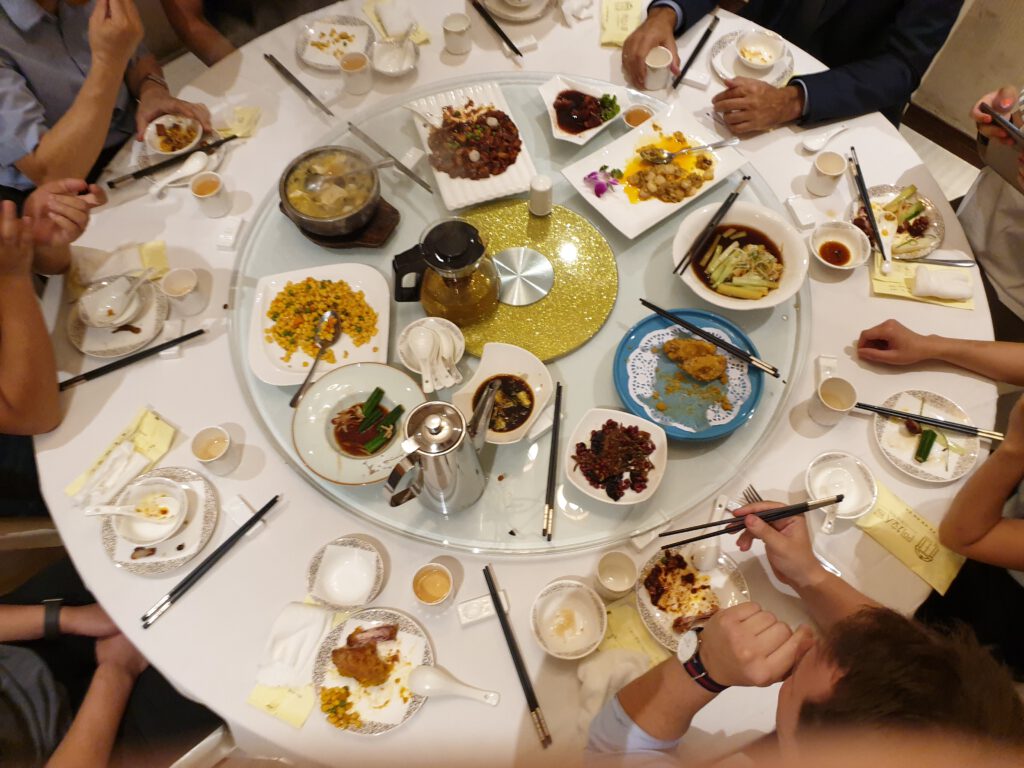
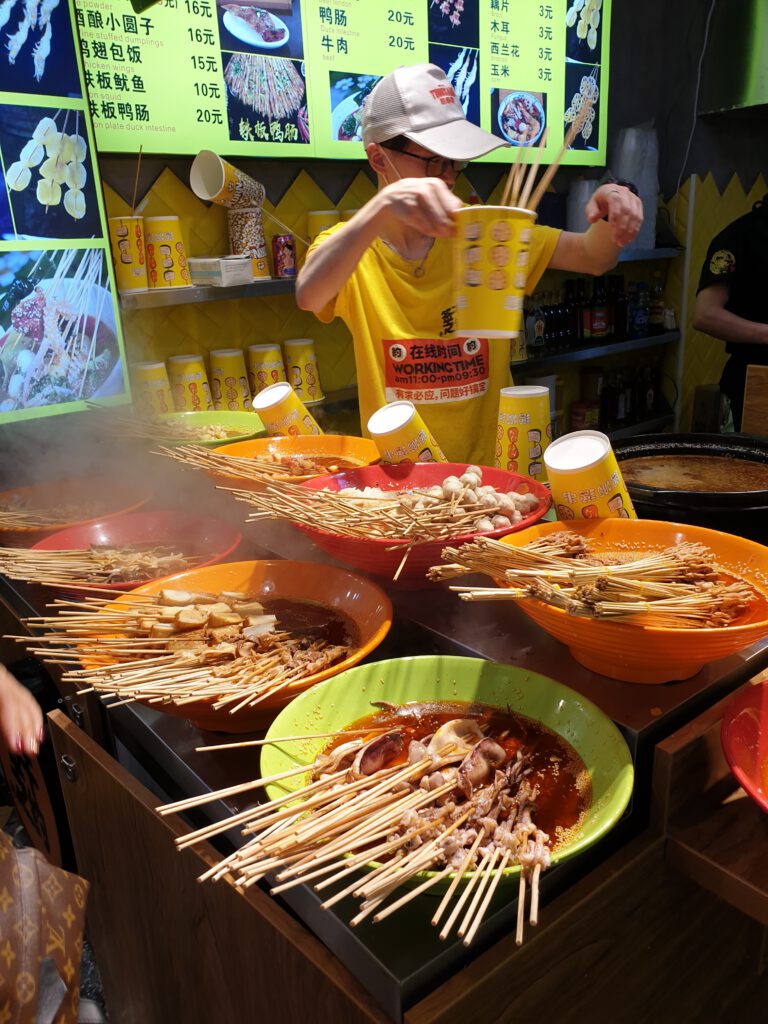
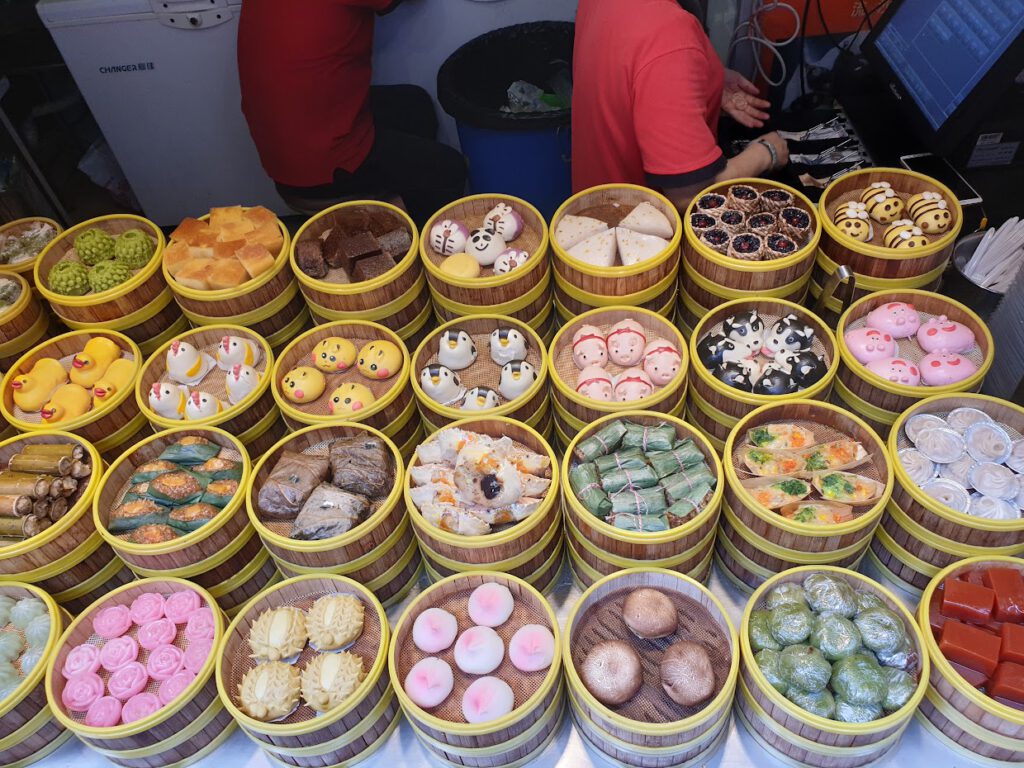
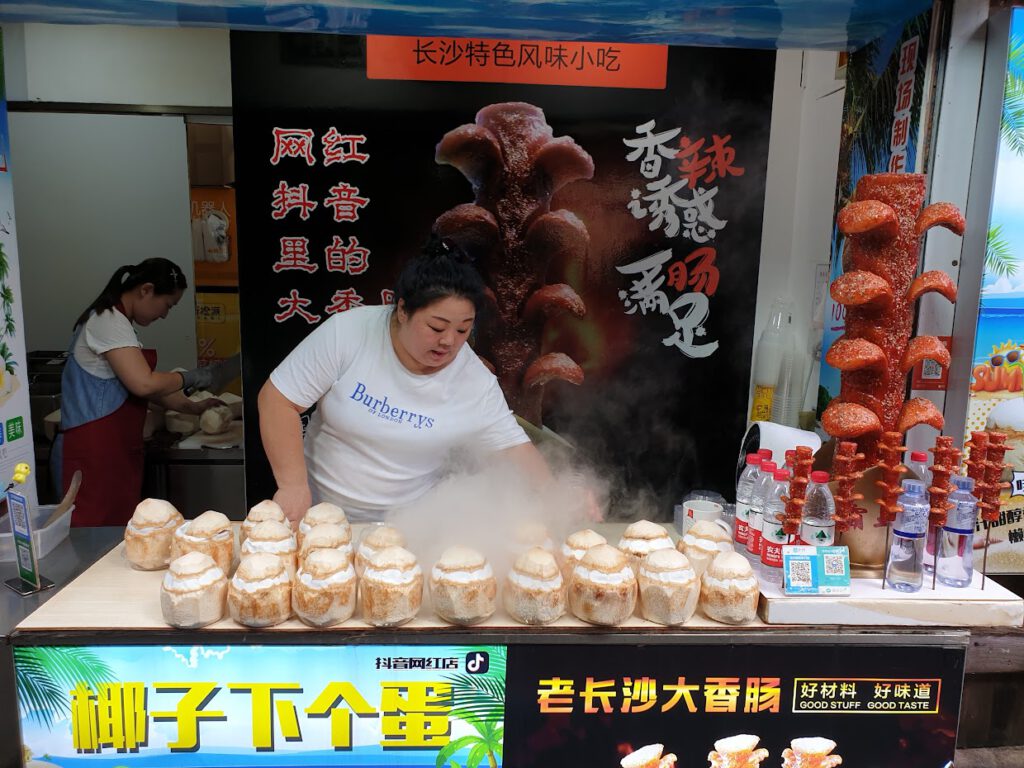
Overall, Shanghai is a city that blends the old and the new, where historical sites and cutting-edge architecture sit side by side, reflecting the city’s growth, diversity, and unique identity.
In 2024 I went to Beijing. Many things have changed in these five years, not at last the sheer amount of electric vehicels and motorcycles in the city.
Beijing, the capital of China, is home to some of the country’s most iconic landmarks, including the Forbidden City and the Great Wall of China. The Forbidden City, a vast imperial palace complex, was the home of Chinese emperors, and the center of political power in China for over 500 years from 1420 to 1924. Access was restricted to all but the Emperor, the Imperial family, and Eunuchs; hence the Chinese term “Forbidden City” emerged. The punishment for unauthorised entry to the palace was immediate execution.
It’s one of the largest and most well-preserved palace complexes in the world, with roughly 9,000 rooms, and is now a UNESCO World Heritage site and the Palace Museum. Visitors can explore its grand halls, tranquil courtyards, and ornate gates, all built to symbolize the power and authority of the emperor.
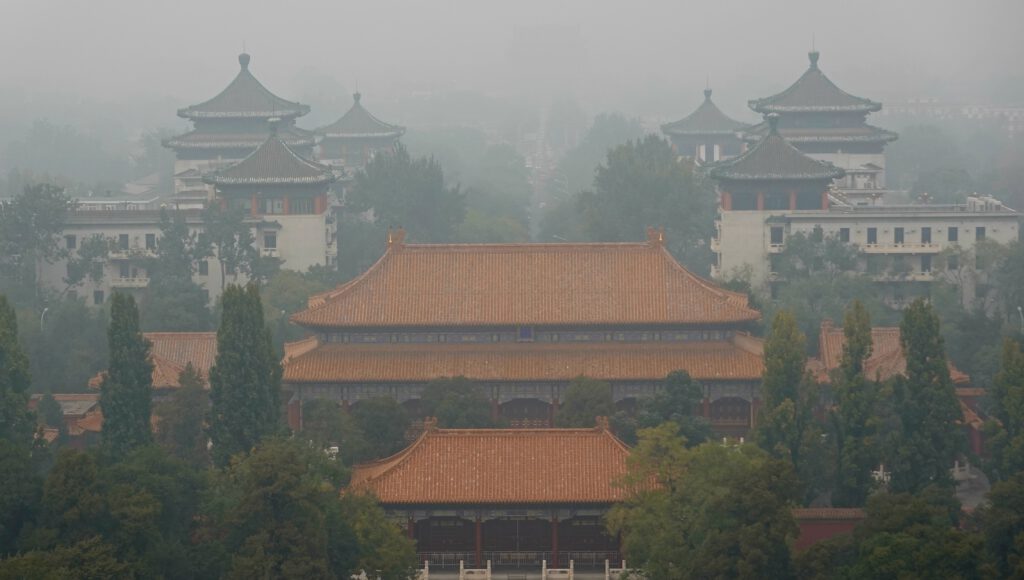
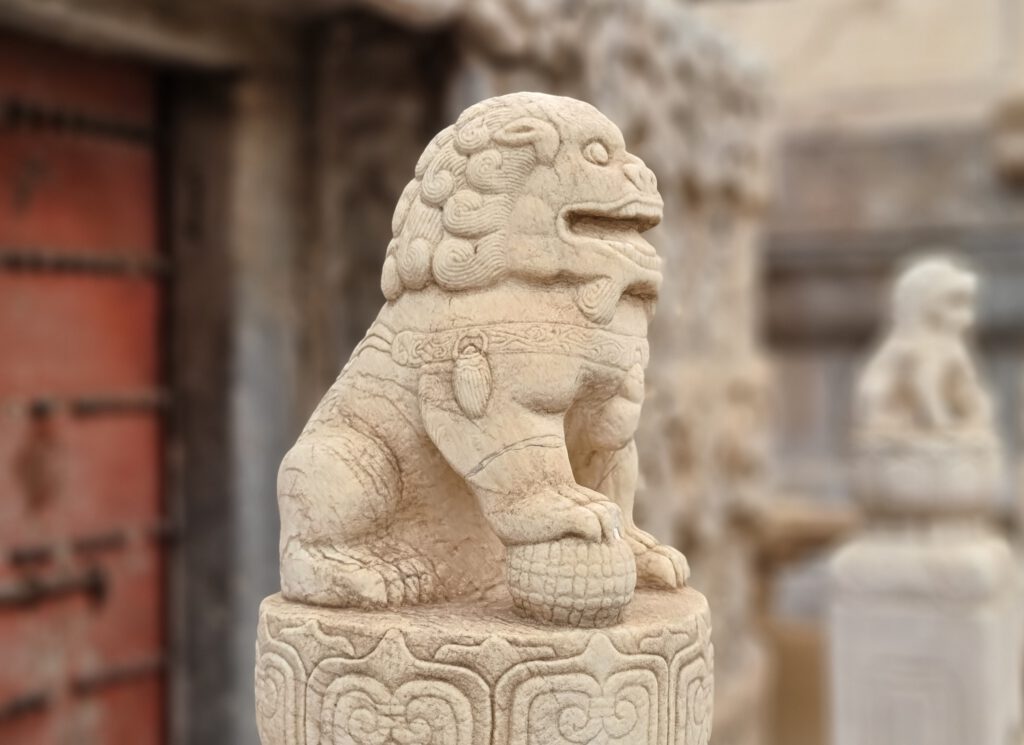
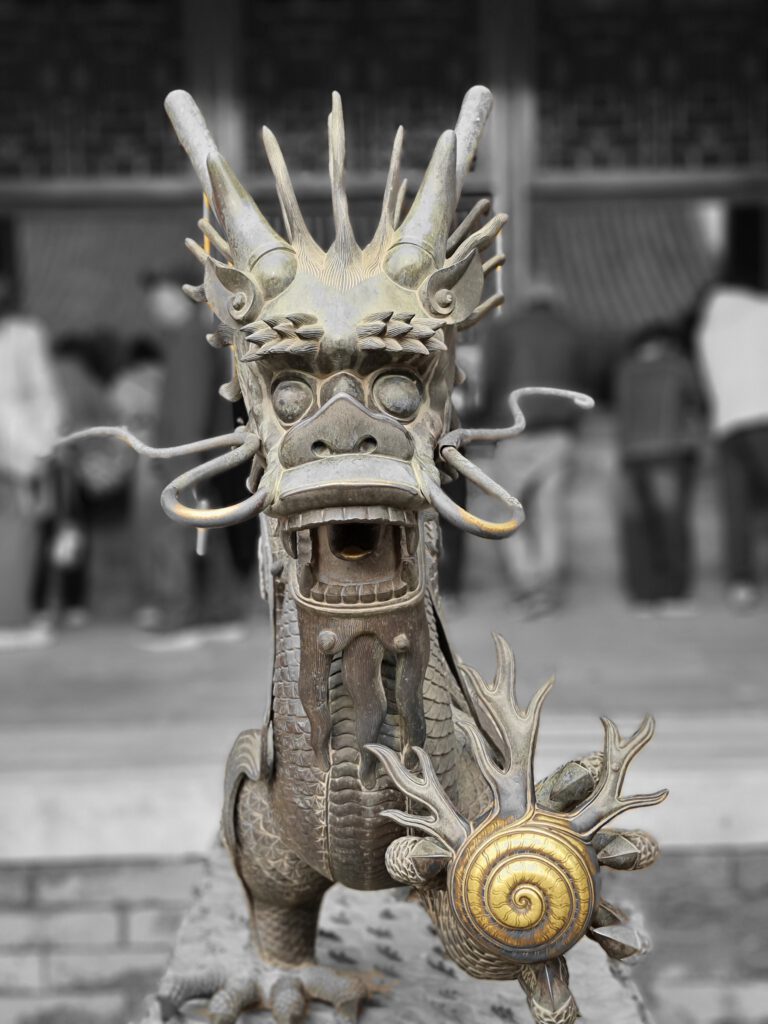
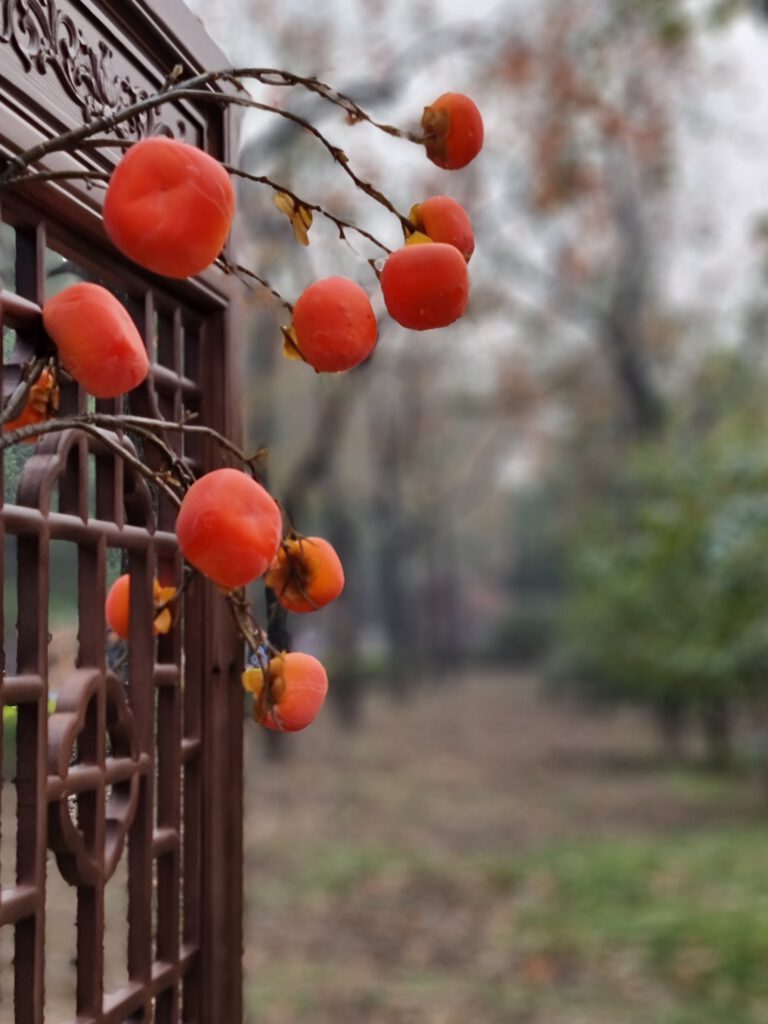
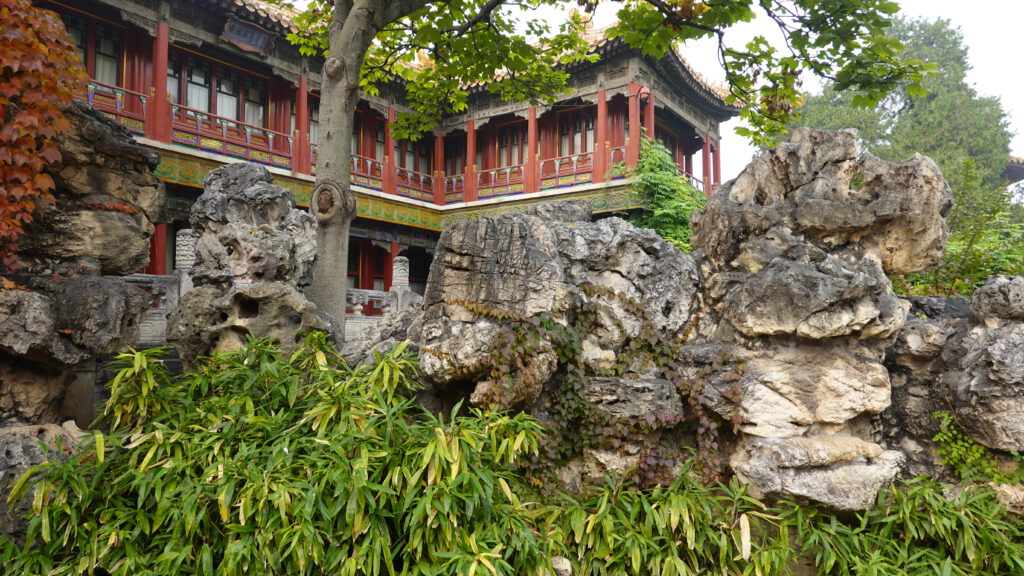
A short trip from Beijing brings you to the Great Wall, a marvel of ancient engineering. The Great Wall is the largest man-made project in the world (but cannot be seen from the moon, contrary to popular belief). The complete route is over 20,000 km, stretching from the east seaside to the west desert in northern China, winding up and down across mountains and plateaus like a dragon.
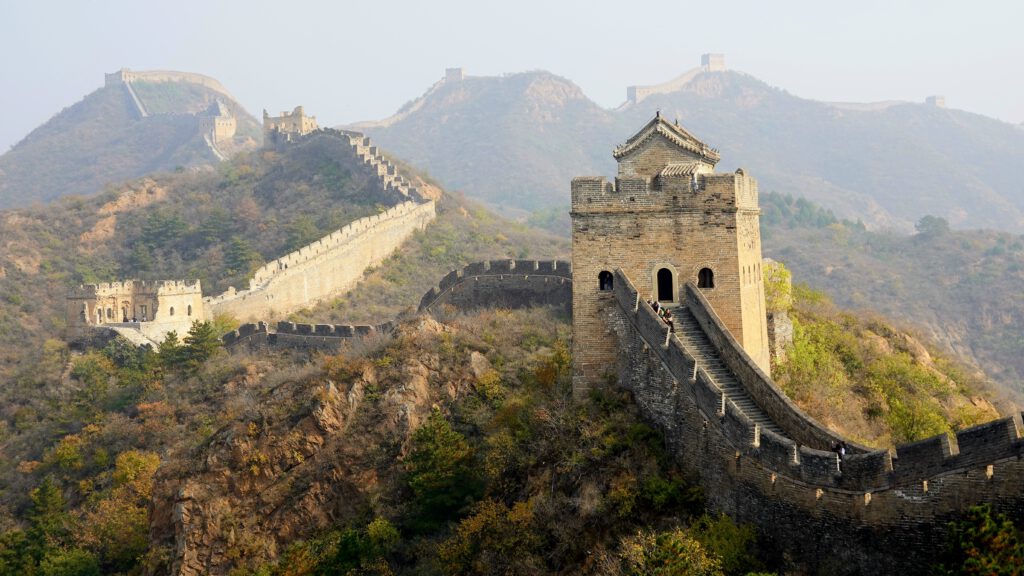
Note that this is not a single structure, but rather many different smaller “walls” of varying age; sometimes hundreds or even thousands of kilometers long. The wall has been build over a period of 2000 years.
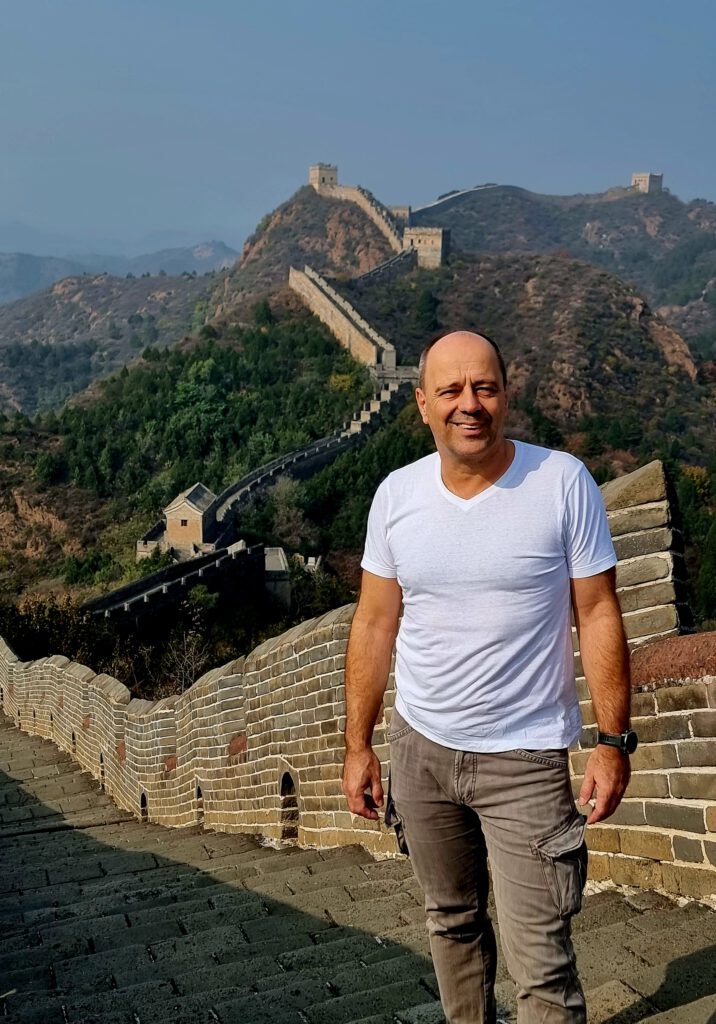
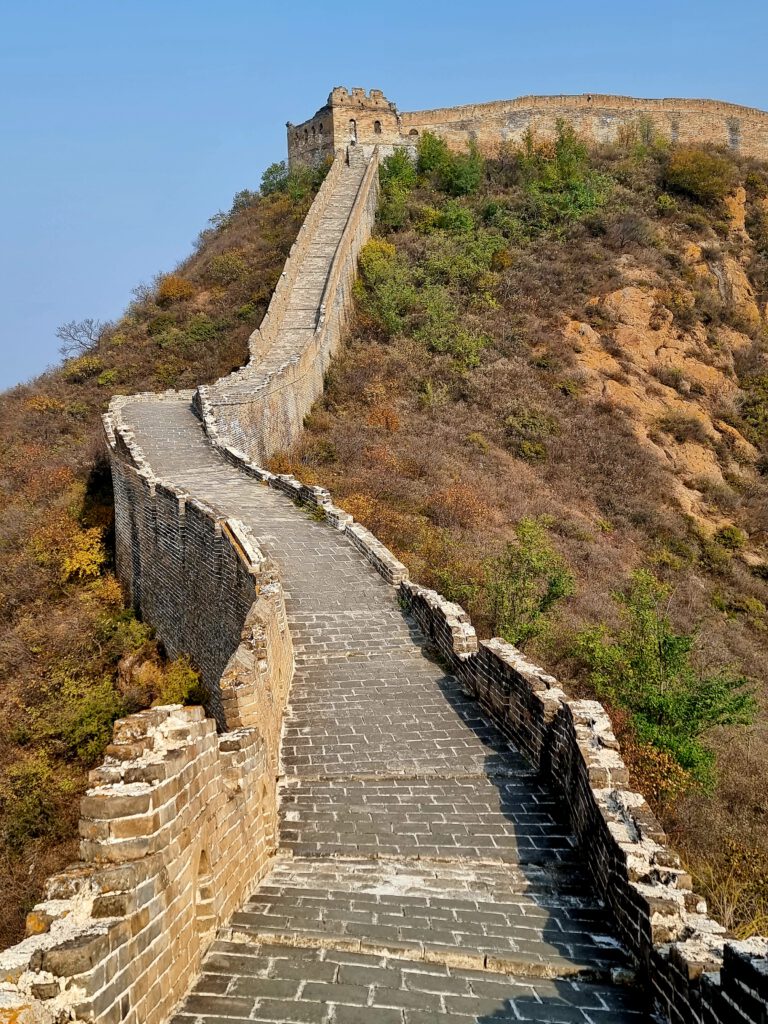
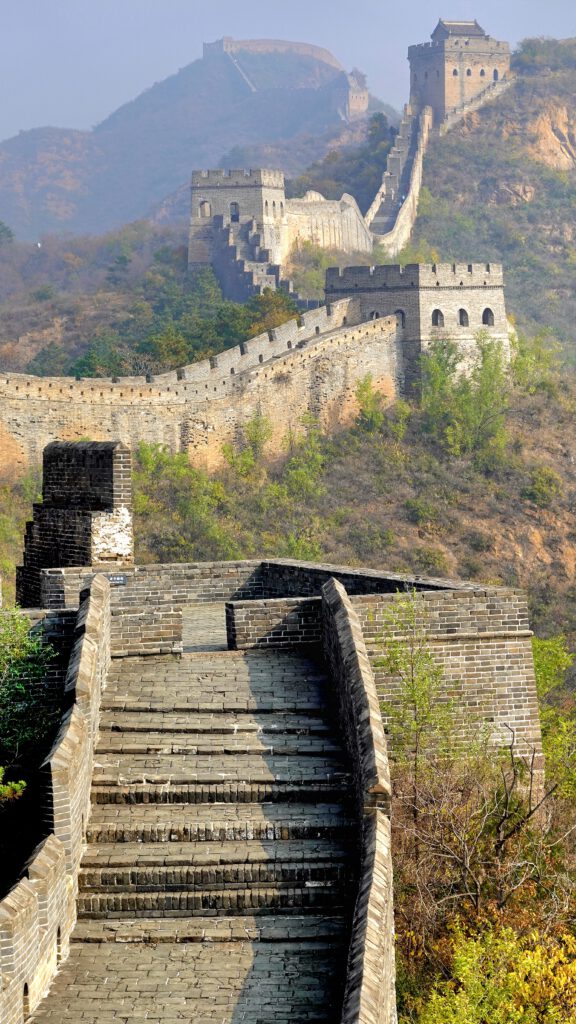
The first emperor of China, Qin Shi Huang took the remnants of ancient fortifications, walls, and earthworks and linked them into a unified wall circa 220 B.C. The Great Wall is not a single-structured wall, it includes beacon towers, barriers, barracks, garrison stations, and fortresses along the walls, together forming an integrated defense system.
While sections of the Wall are heavily restored, others remain more rugged and wild, offering a more authentic experience. These photos are from the Great Wall at Jinshangling, about a 2,5 hour drive from Beijing – probably the most impressive part of the wall that can be reached easily from Beijing.
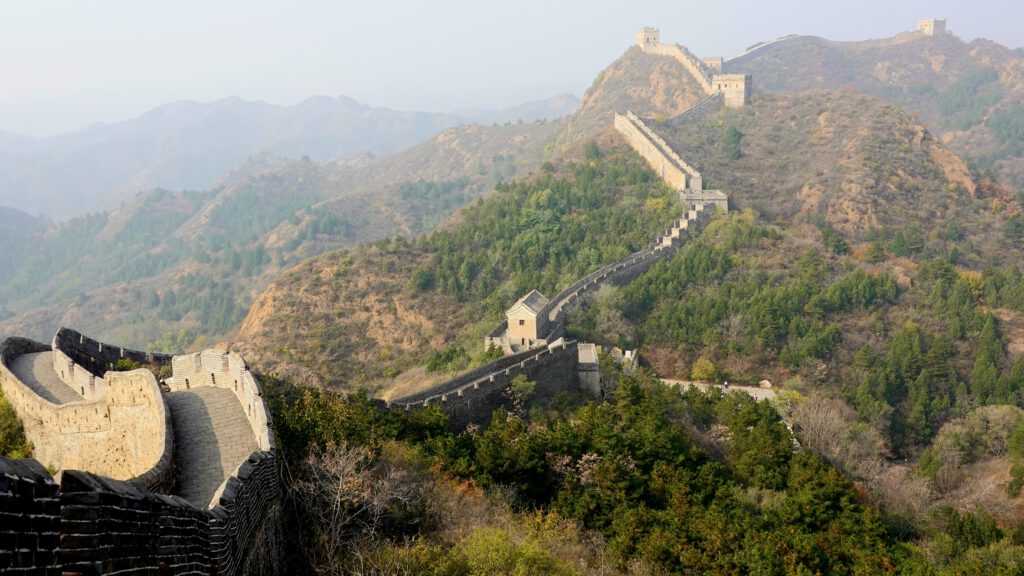
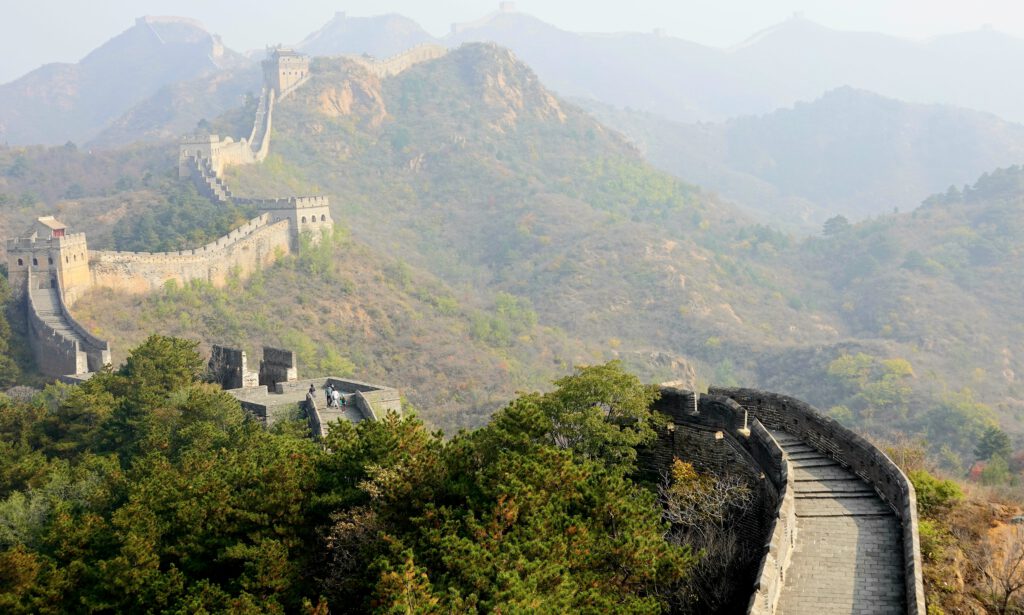
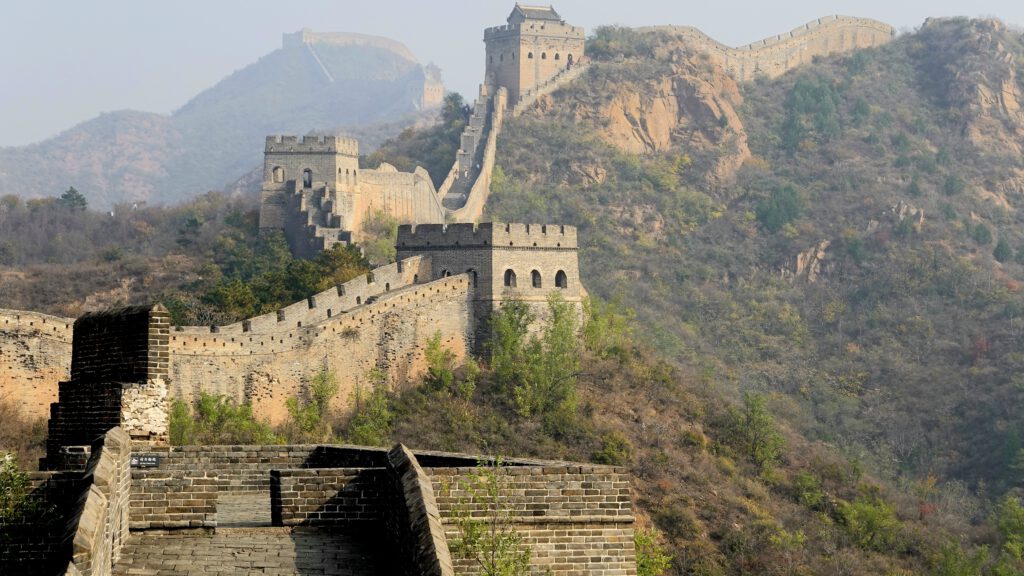
In addition to these two major attractions, Beijing offers other sites like the Temple of Heaven, the Summer Palace, and the Tiananmen Square, each with its own unique history.
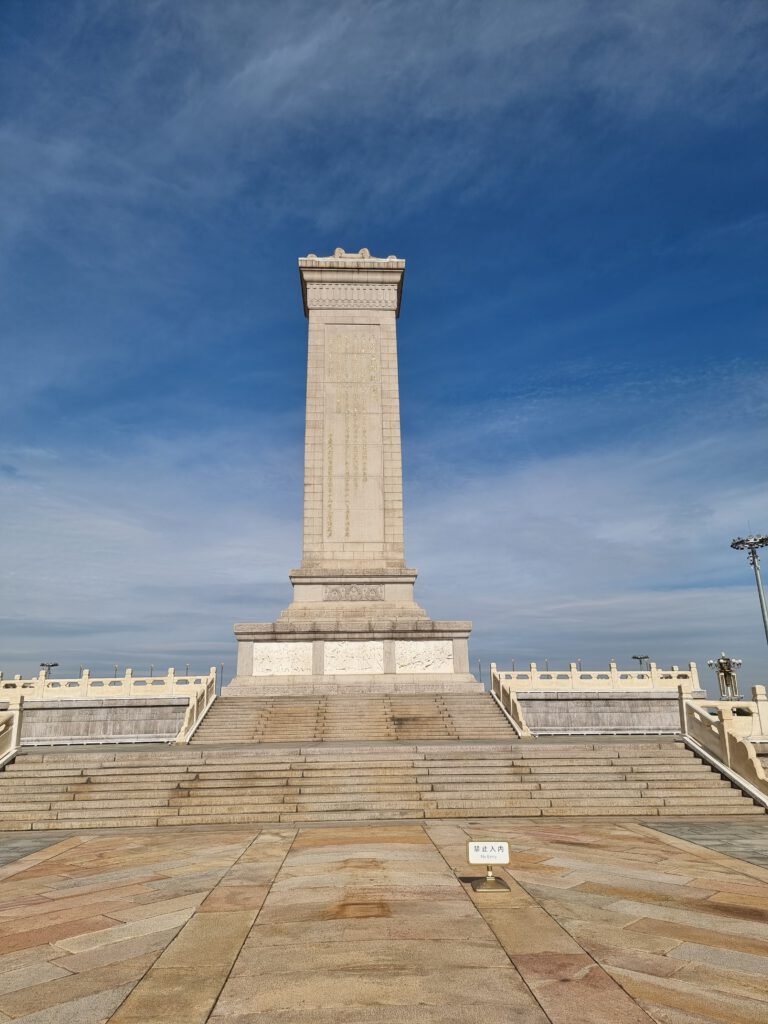
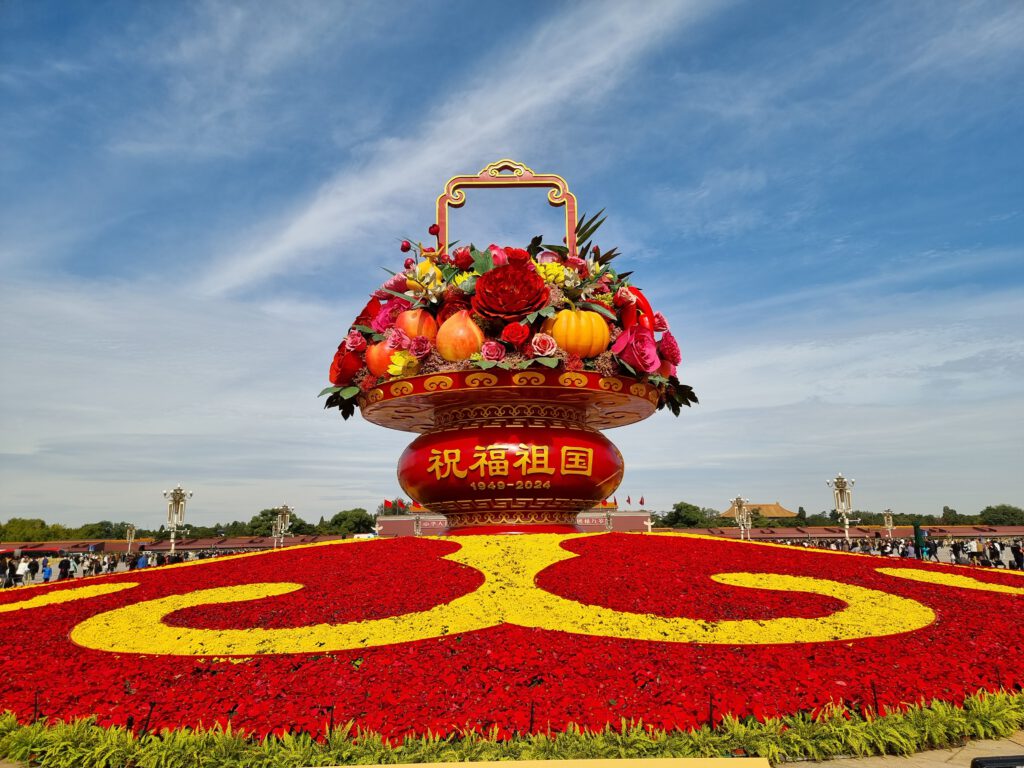
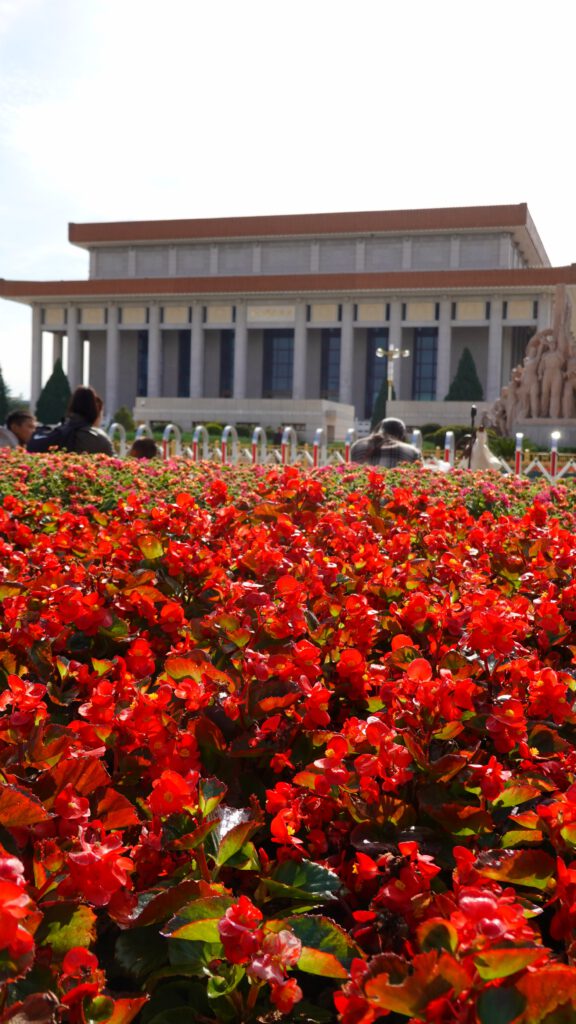
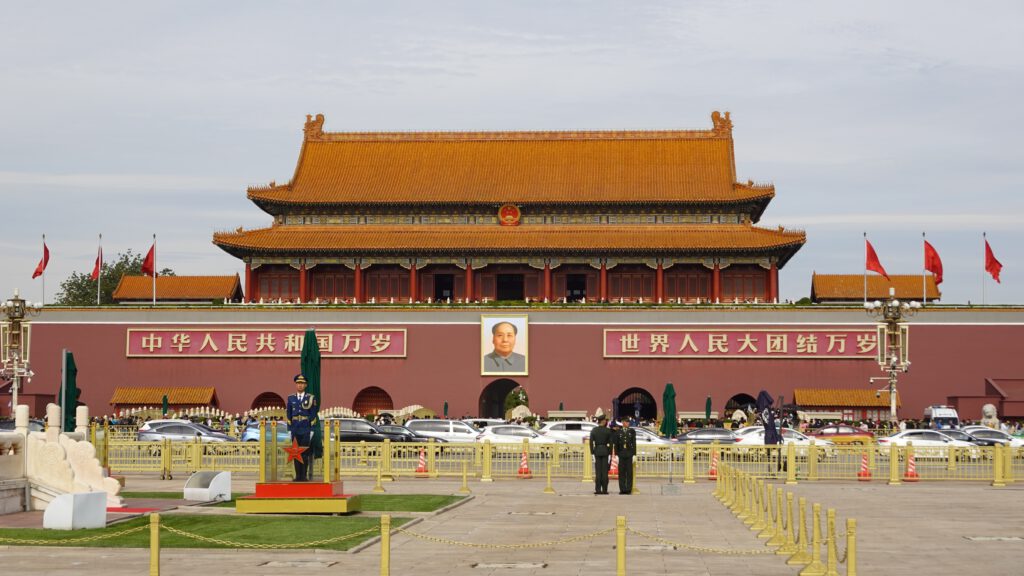
Beijing also offers a blend of the ancient and the modern, where old temples and imperial palaces stand alongside cutting-edge architecture like the Bird’s Nest Stadium and the CCTV Tower. The city’s unique combination of historical significance and rapid development makes it a fascinating place to visit.
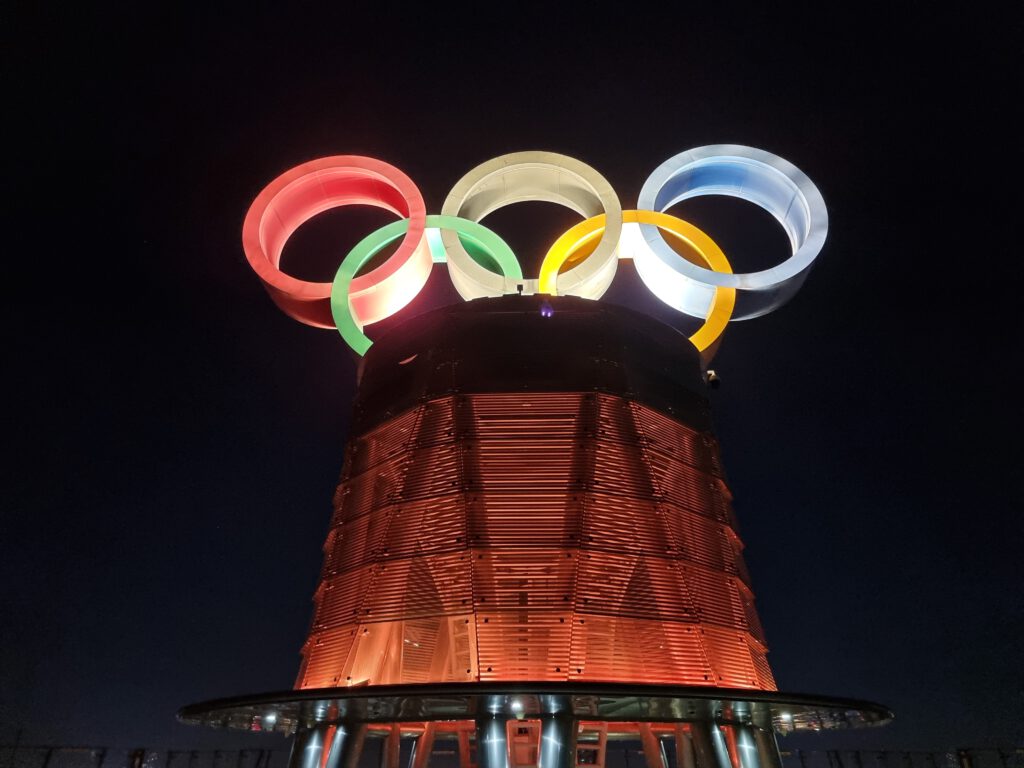
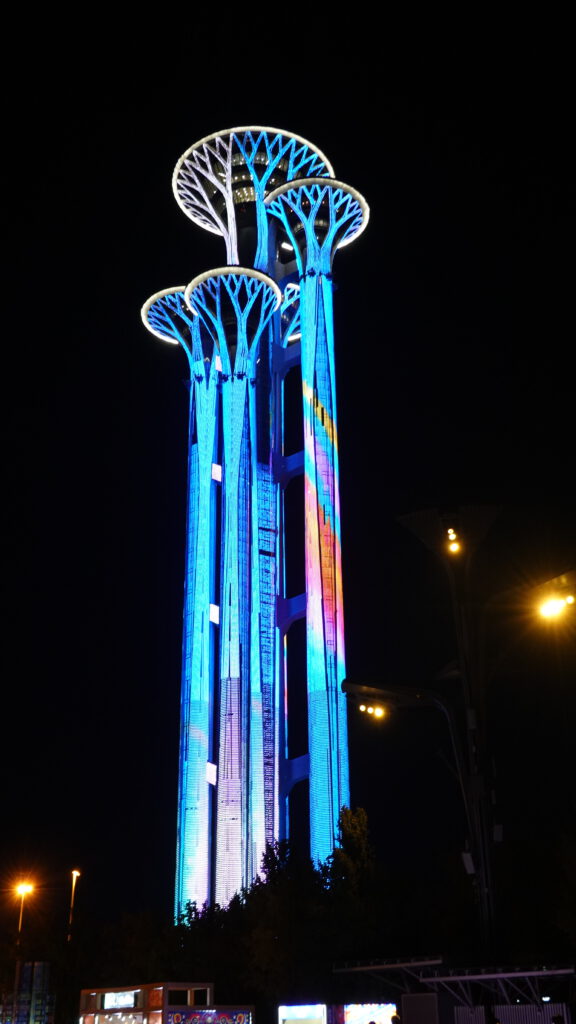
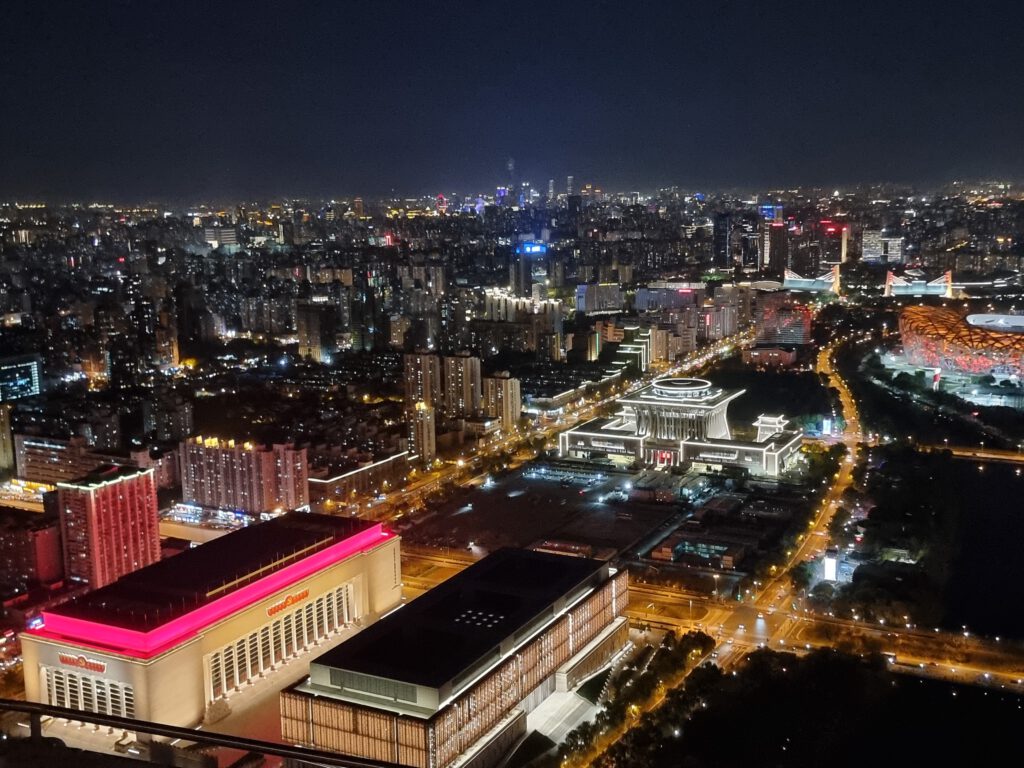
As previously in Shanghai, I had difficulties in appreciating all food options in Beijing.
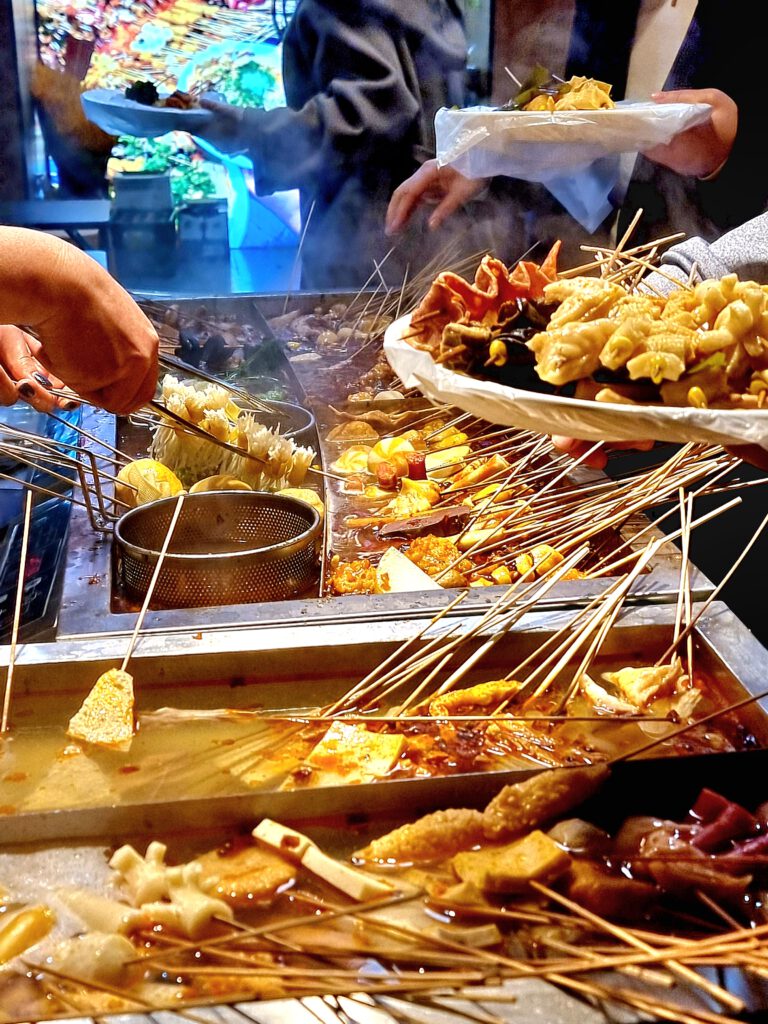
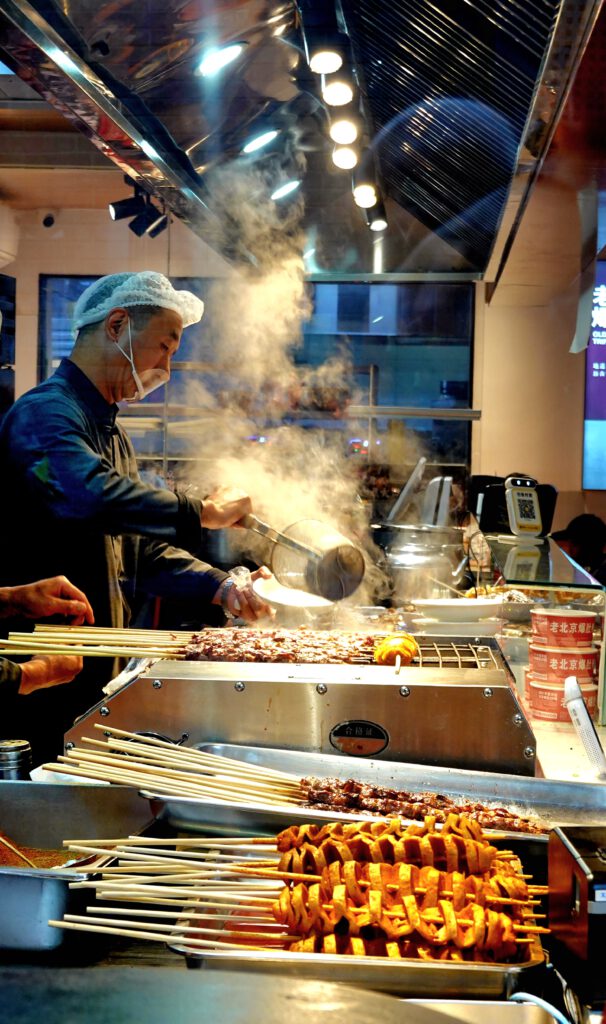


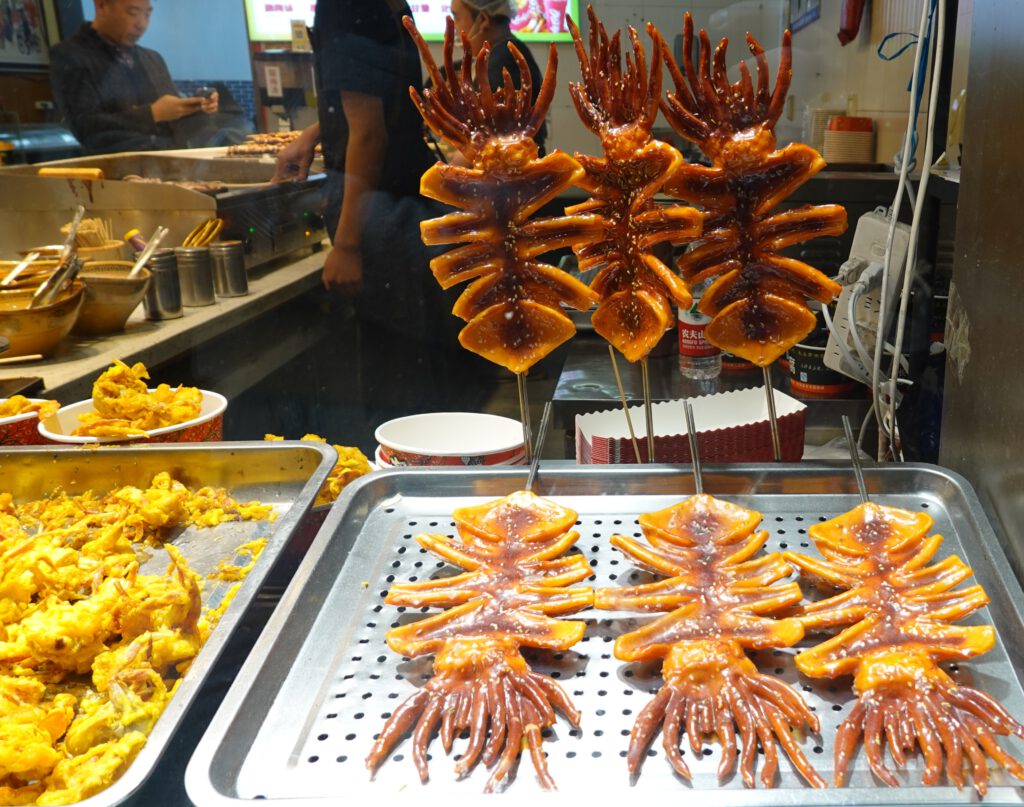
I was most impressed with the digitization progress – everything works with an App (which is either AliPay or WeChat). No cash money is needed at all anymore, and all services can be used via an App. If you go there, just bring your smartphone.

